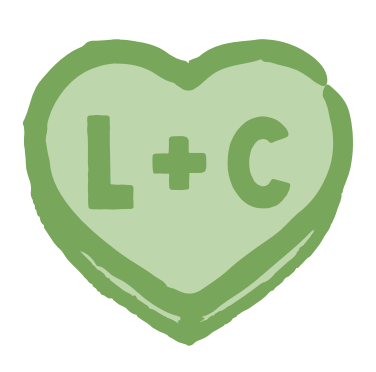Emotion Regulation and Handling Stress
- Stacy Cardenas

- Nov 6
- 4 min read
When embarking on new journeys that include meeting new people and encountering new experiences, such as college, it can be difficult to understand what you are feeling and how to process those emotions. I struggled a lot on my own emotional journey, and learning how to regulate my emotions in a healthy way saved a lot of my relationships. The situations I was in were stressful, but the way I was dealing with them made them more stressful. Learning to deal with these things in a better way, not even necessarily the right way, makes such a difference. Now, even just taking a step back to talk to my mom or a friend on the phone makes me feel better.
Stressful situations don’t just feel bad in and of themselves; they also make it harder to regulate your emotions for more minor stressors (Kinner et al., 2014). But what is emotion regulation? As described in the L&C Lab’s entry on emotion regulation in The Sage Encyclopedia of Mood and Anxiety Disorders, emotion regulation is, “...How people influence the experience and expression of emotion.” When you try to change how you’re feeling, emotion regulation is taking place.
Emotion regulation can come effortlessly to us most of the time; but, when life stresses us in new ways, it can be difficult to figure out what to do with those stressful feelings. Many times when this stress takes over, I forget to take care of myself. After 3 years of college and many years of therapy, I have still not figured it out 100%. But that’s okay! Figuring out how to handle your stress and prioritize yourself is a PROCESS. It is a choice that you will have to make everyday and take
one step at a time, but I have some helpful tips that will hopefully get you started!
Put Yourself in Good Situations
Psychologists have found that putting yourself in healthy situations is one of

the best ways to manage stress effectively. It may not feel like emotion regulation because you never felt stressed to begin with – but doing that on purpose is what psychologists call situation selection, a type of problem-focused coping. So, what does this mean for college students? Recognizing how much you can take on between school and your personal life is the first step. Now this obviously seems like a daunting task, but it can be helpful to do something as simple as making a to-do list to visualize what needs to be done versus what is just adding on stress. It can also be very helpful to learn to advocate for yourself. Learn what works for you and pass that along to professors or those who you work with. This also may seem scary, but it is part of this first step and helps with your school-life balance!
Watch Out for Regulation Traps
Of course, we can’t always pre-empt stress. Although I did my best to put myself in a positive situation, I quickly got overwhelmed my freshman year and resorted to destructive habits such as procrastination and skipping school. I began not to feel like myself. A lot of the time these bad habits - e.g., scroll-crastinating - get you a quick dopamine hit, but it doesn’t last for very long. Some students may even form harmful habits, such as alcohol and drug abuse. Our bodies are going to find a way to regulate anyway, so it is best for us to try and figure it out! Figuring it out took time and patience, but it is possible, and when you start to feel overwhelmed it’s important to do things that help calm you down.
Regulate On Purpose

When I realize I am becoming too stressed, the first thing I do is step away from the work I am doing and do something enjoyable for 5-10 minutes. This can be as small as listening to a song that matches your mood, not necessarily how you feel, or going for a short walk (Schäfer et al., 2013). Detaching myself from my school work and understanding that I am not made up of a grade is crucial to my mental health.
After taking a small break I continue with my work, but sometimes the stress can catch back up, doing breathing exercises and different mindfulness techniques can be helpful to reduce your stress. Pointing out 5 things you see, 4 things you can touch, 3 things you can hear, 2 things you can smell, and 1 thing you can taste. A helpful breathing exercise my therapist taught me was the triangle breathing technique. You draw a triangle with your finger, you inhale for 3, hold for 3, then exhale for 3. You may repeat this as many times as you want! When you are stressed it can be difficult to understand any other emotions you may be feeling and being stressed can also negatively impact your overall mood. These different exercises can definitely help with stressful situations, but the best way to help with stress and emotion regulation is to learn to express your emotions and advocate for yourself!




Comments